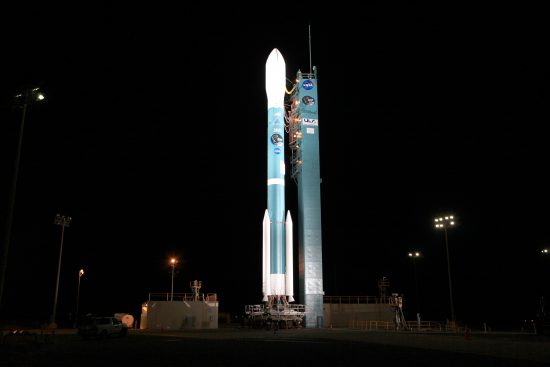
The data SMAP provides will help scientists provide early warning for drought. Researchers forecast an increase in drought frequency in many regions of the world by the end of the 21st Century. Sustained drought can lead to crop failure, livestock death and eventually the death of people. The National Drought Mitigation Center helps reduce vulnerability to drought through preparedness and risk management. The data from SMAP will help reduce vulnerability.
SMAP will help improve crop yield forecasts and irrigation planning not just in the US, but around the world. This will improve humanitarian food assistance. The number of malnourished people around the world is expected to increase by 5-26% by 2080.
The SMAP data will also improve the ability to predict floods with higher resolution measurements of soil moisture. Floods are the #1 natural disaster in the United States and the leading cause of weather-related deaths. The data will help improve local weather projections from days to weeks.
Soil moisture links the water, energy and carbon exchanges between the land and the air. The health of the biosphere is dependent on the flow and storage of water, energy, and carbon. The global climate depends on how these cycles link together and vary. Global climate change is the major environmental challenge of this century and will have a major impact on society in the future.
SMAP is one the highest priorities for the Earth Science community. The data gathered will have a major impact on science’s ability to predict weather and provide preparedness and risk management to society.
SMAP’s radar stopped transmitting on July 7, 2015 due to an anomaly with the radar’s high-power amplifier (HPA). Mission managers from NASA’s SMAP Observatory say that the SMAP spacecraft continues regular operations even thought the radar is not able to return data. They acknowledge that although some of the planned applications of SMAP data will be impacted by the loss of data, the mission will produce valuable science.
SMAP is a fraud. The SMAP mission is costing $915 million. The radar is the core component of SMAP’s mission and failed after a few months of use. Without the radar the SMAP mission cannot achieve the minimum success criteria, or Level 1 science objects, that NASA set when approving the mission. NASA has acknowledged that the radar cannot be repaired, but will not admit that the radar failure prevents mission success.
Alexa Mason is the blogger behind Single Moms Income, a personal finance freelance writer, and an online entrepreneur. Come hang out with her on Facebook and Pinterest.
Comments